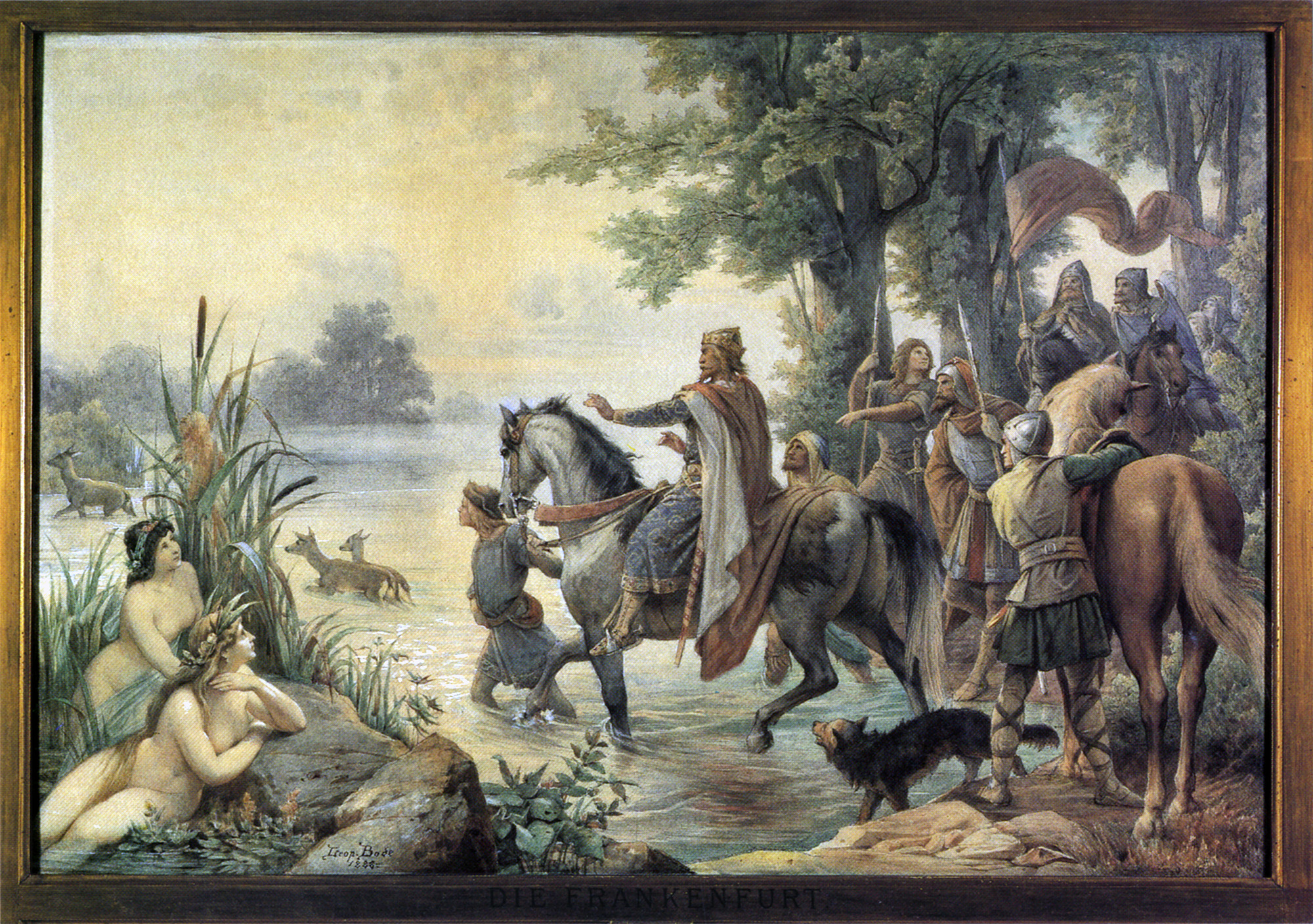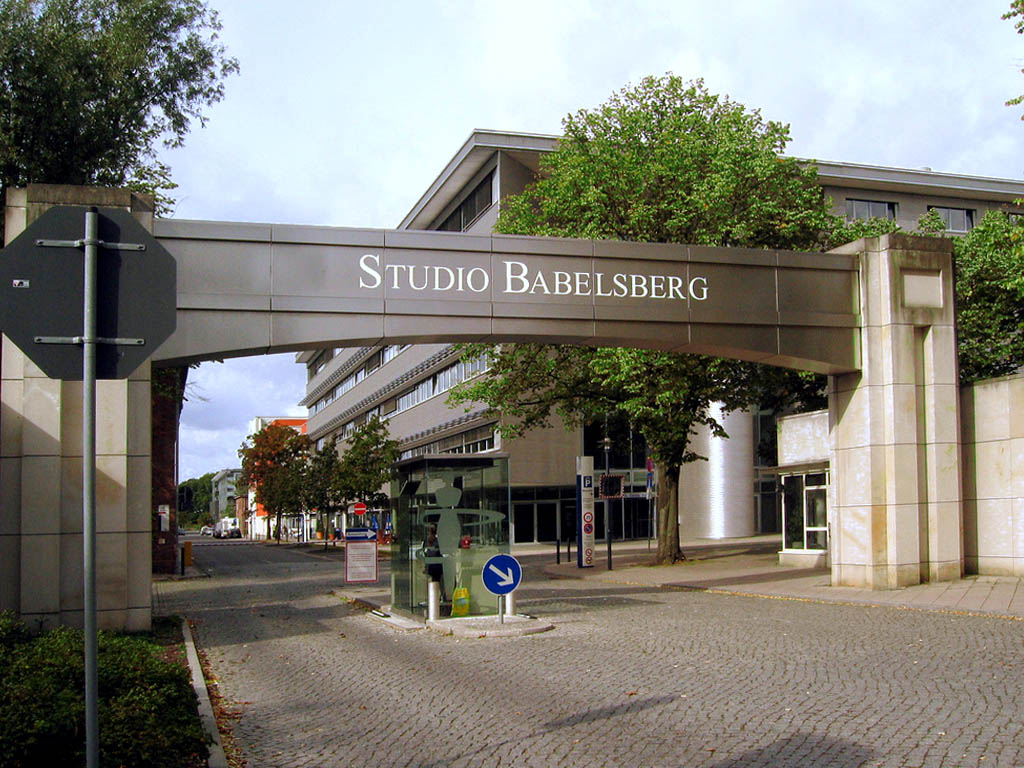|
German Broadcasting Archive
The German Broadcasting Archive (''Deutsches Rundfunkarchiv''; DRA) is a non-profit foundation supported by the ARD. It was founded in 1952 as "German sound archive". The DRA covers essential aspects of the development of German broadcasting. Today it has two locations: Frankfurt am Main and Potsdam-Babelsberg (formerly Berlin-Adlershof). Further reading * See also * Rundfunk der DDR * Jahrbuch Medien und Geschichte * List of sound archives This is a list of sound archives. A sound archive(s) is a specialized archive that is often maintained by a nation, state, university, non-profit organization, or corporation. This article contains a list of sound archives. A * Acoustic ... External links Official Site Television archives Sound archives in Germany Film archives in Germany 1952 establishments in West Germany {{film-org-stub ... [...More Info...] [...Related Items...] OR: [Wikipedia] [Google] [Baidu] |
ARD (broadcaster)
ARD is a joint organisation of Germany's regional Public broadcasting, public-service broadcasters. It was founded in 1950 in West Germany to represent the common interests of the new, decentralised, post-war broadcasting services—in particular the introduction of a joint television network. ARD has a budget of €6.9 billion, 22,612 employees and is the largest public broadcaster network in the world. The budget comes primarily from a mandatory licence fee which every household, company and public institution, regardless of television ownership, is required by law to pay. For an ordinary household the fee is €18.36 per month, as of 2023. Households living on Welfare in Germany, welfare are exempt from the fee. The fees are not collected directly by ARD, but by the Beitragsservice von ARD, ZDF und Deutschlandradio, Beitragsservice (formerly known as Gebühreneinzugszentrale GEZ), a common organisation by the ARD member broadcasters, the second public TV broadcaster ZDF, and De ... [...More Info...] [...Related Items...] OR: [Wikipedia] [Google] [Baidu] |
Frankfurt
Frankfurt am Main () is the most populous city in the States of Germany, German state of Hesse. Its 773,068 inhabitants as of 2022 make it the List of cities in Germany by population, fifth-most populous city in Germany. Located in the foreland of the Taunus on its namesake Main (river), Main, it forms a continuous conurbation with Offenbach am Main; Frankfurt Rhein-Main Regional Authority, its urban area has a population of over 2.7 million. The city is the heart of the larger Rhine-Main metropolitan region, which has a population of more than 5.8 million and is Germany's Metropolitan regions in Germany, second-largest metropolitan region after the Rhine-Ruhr metropolitan region, Rhine-Ruhr region and the List of EU metropolitan regions by GDP#2021 ranking of top four German metropolitan regions, fourth largest metropolitan region by GDP in the European Union (EU). Frankfurt is one of the ''de facto'' four main capitals of the European Union (alongside Brussels, Luxembourg Cit ... [...More Info...] [...Related Items...] OR: [Wikipedia] [Google] [Baidu] |
Potsdam-Babelsberg
Babelsberg () is the largest quarter (urban subdivision), quarter of Potsdam, the capital city of the Germany, German state of Brandenburg. The neighbourhood is named after a small hill on the Havel river. It is the location of Babelsberg Palace and Babelsberg Park, Park, part of the Palaces and Parks of Potsdam and Berlin UNESCO World Heritage Site, as well as Babelsberg Studio, a historical centre of the Cinema of Germany, German film industry and the first large-scale movie studio in the world. History A settlement on the small Nuthe creek was first mentioned in the 1375 ''Landbuch'' (domesday book) by Emperor Charles IV, Holy Roman Emperor, Charles IV of Luxembourg, who also ruled as Margraviate of Brandenburg, Margrave of Brandenburg since 1373. Then called ''Neuendorf'' (New Village) after its former Polabian Slavs, West Slavic name ''Nova Ves'', it was shelled several times and was severely damaged during the Thirty Years' War. In the mid-18th century the new village of No ... [...More Info...] [...Related Items...] OR: [Wikipedia] [Google] [Baidu] |
Rundfunk Der DDR
Rundfunk der DDR (, 'GDR Broadcasting'; from about 1948 to 1972 Deutscher Demokratischer Rundfunk, 'German Democratic Broadcasting') was the collective designation for radio broadcasting organized by the State Broadcasting Committee in the East Germany, German Democratic Republic (GDR) until German reunification in 1990. History Post-war The pre-war ''Reichs-Rundfunk-Gesellschaft, Reichssender'' stations, under the control of Joseph Goebbels' Propagandaministerium, Reichsministerium für Volksaufklärung und Propaganda as ''Großdeutscher Rundfunk'', were either destroyed by the Wehrmacht or closed by the Allied-occupied Germany, Allied occupation forces upon Germany's surrender in May 1945. On 13 May 1945, the Soviet Military Administration in Germany (SMAG) began a radio broadcasting service to the people of Berlin called ''Berliner Rundfunk'', operating from what would become the British sector of West Berlin. For the most part the station retained staff from the Nazi e ... [...More Info...] [...Related Items...] OR: [Wikipedia] [Google] [Baidu] |
Jahrbuch Medien Und Geschichte
The ''Jahrbuch Medien und Geschichte'' (English: ''Yearbook for Media and History'') is an annual academic journal covering the history of mass media. The journal is published in German and (fewer articles) in English. It is the official journal of the "Studienkreis Rundfunk und Geschichte", a scientific association that was founded in 1968. Every yearbook has a single, unified theme. The contributions are not limited to the traditional aspects of radio and television research. The first editors had an expanded definition of media. The yearbook has been published from 2001 till 2005 by the UVK Verlagsgesellschaft and since 2011 by the Herbert von Halem Verlag.Since 2006 the ''Yearbook for Media and History'' havarious publishers The current editors Editing is the process of selecting and preparing written, visual, audible, or cinematic material used by a person or an entity to convey a message or information. The editing process can involve correction, condensation, or ... [...More Info...] [...Related Items...] OR: [Wikipedia] [Google] [Baidu] |
List Of Sound Archives
This is a list of sound archives. A sound archive(s) is a specialized archive that is often maintained by a nation, state, university, non-profit organization, or corporation. This article contains a list of sound archives. A * Acoustic Atlas * American Philosophical Society Library * American Radio Archive * Archive of the Indigenous Languages of Latin America * Archives of Traditional Music, Indiana University * Australian Lesbian and Gay Archives * Australian Screen Online * Austrian State Archives B * BBC Sound Archive * British Library Sound Archive C D E * EMI Archive Trust * Endangered Languages Archive (ELAR) F * The Full English (folk music archive) G * German Broadcasting Archive * The Great 78 Project H I * Institut national de l'audiovisuel * International Association of Sound and Audiovisual Archives * International Dialects of English Archive * Internet Archive J K * Kaipuleohone L * Live Music Archive M * Marr Sound Archives ... [...More Info...] [...Related Items...] OR: [Wikipedia] [Google] [Baidu] |
Television Archives
Television (TV) is a telecommunications, telecommunication media (communication), medium for transmitting moving images and sound. Additionally, the term can refer to a physical television set rather than the medium of signal transmission, transmission. Television is a mass media, mass medium for advertising, entertainment, news, and sports. The medium is capable of more than "radio broadcasting", which refers to an audio signal sent to radio receivers. Television became available in crude experimental forms in the 1920s, but only after several years of further development was the new technology marketed to consumers. After World War II, an improved form of black-and-white television broadcasting became popular in the United Kingdom and the United States, and television sets became commonplace in homes, businesses, and institutions. During the 1950s, television was the primary medium for influencing public opinion.Diggs-Brown, Barbara (2011''Strategic Public Relations: Audi ... [...More Info...] [...Related Items...] OR: [Wikipedia] [Google] [Baidu] |
Sound Archives In Germany
In physics, sound is a vibration that propagates as an acoustic wave through a transmission medium such as a gas, liquid or solid. In human physiology and psychology, sound is the ''reception'' of such waves and their ''perception'' by the brain. Only acoustic waves that have frequencies lying between about 20 Hz and 20 kHz, the audio frequency range, elicit an auditory percept in humans. In air at atmospheric pressure, these represent sound waves with wavelengths of to . Sound waves above 20 kHz are known as ultrasound and are not audible to humans. Sound waves below 20 Hz are known as infrasound. Different animal species have varying hearing ranges, allowing some to even hear ultrasounds. Definition Sound is defined as "(a) Oscillation in pressure, stress, particle displacement, particle velocity, etc., propagated in a medium with internal forces (e.g., elastic or viscous), or the superposition of such propagated oscillation. (b) Auditory sensation evok ... [...More Info...] [...Related Items...] OR: [Wikipedia] [Google] [Baidu] |
Film Archives In Germany
A film, also known as a movie or motion picture, is a work of visual art that simulates experiences and otherwise communicates ideas, stories, perceptions, emotions, or atmosphere through the use of moving images that are generally, since the 1930s, synchronized with sound and (less commonly) other sensory stimulations. Etymology and alternative terms The name "film" originally referred to the thin layer of photochemical emulsion on the celluloid strip that used to be the actual medium for recording and displaying motion pictures. Many other terms exist for an individual motion-picture, including "picture", "picture show", "moving picture", "photoplay", and "flick". The most common term in the United States is "movie", while in Europe, "film" is preferred. Archaic terms include "animated pictures" and "animated photography". "Flick" is, in general a slang term, first recorded in 1926. It originates in the verb flicker, owing to the flickering appearance of early films. ... [...More Info...] [...Related Items...] OR: [Wikipedia] [Google] [Baidu] |





